It's a long shot, but it just might work! Perspectives on the future of medicine
- PMID: 27817747
- PMCID: PMC5098283
- DOI: 10.1186/s12916-016-0727-y
It's a long shot, but it just might work! Perspectives on the future of medicine
Abstract
What does the future of medicine hold? We asked six researchers to share their most ambitious and optimistic views of the future, grounded in the present but looking out a decade or more from now to consider what's possible. They paint a picture of a connected and data-driven world in which patient value, patient feedback, and patient empowerment shape a continually learning system that ensures each patient's experience contributes to the improved outcome of every patient like them, whether it be through clinical trials, data from consumer devices, hacking their medical devices, or defining value in thoughtful new ways.
Keywords: Machine learning; Medical informatics; Patient engagement; Patient reported outcomes; Smartphones.
Figures
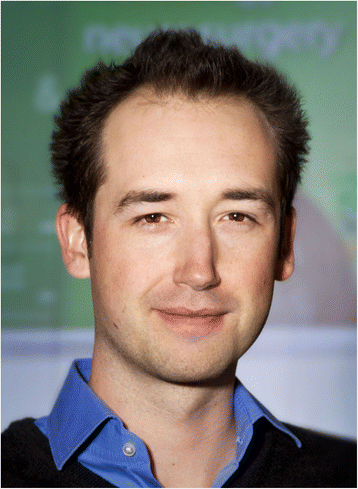
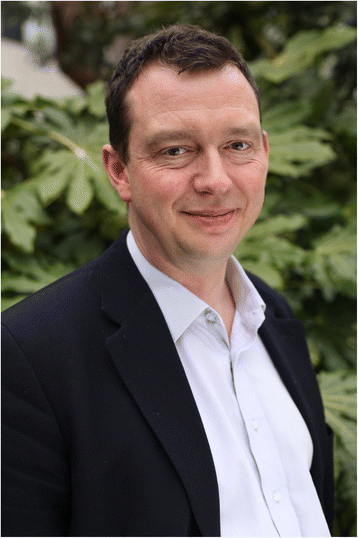
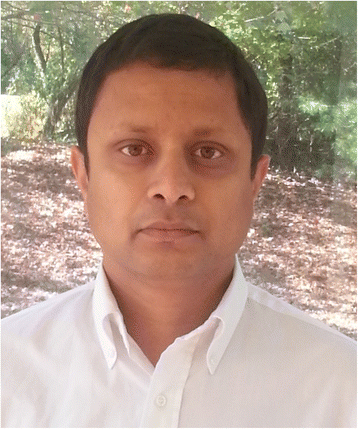

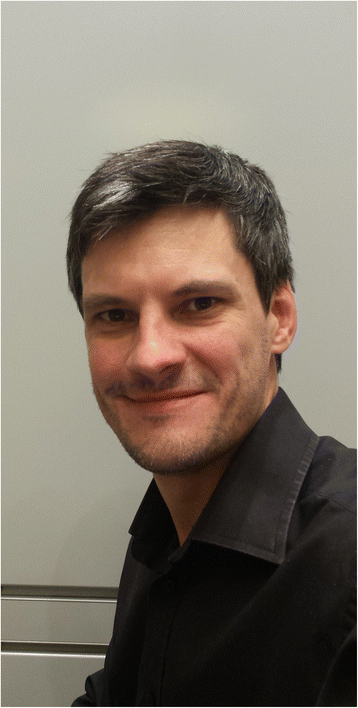

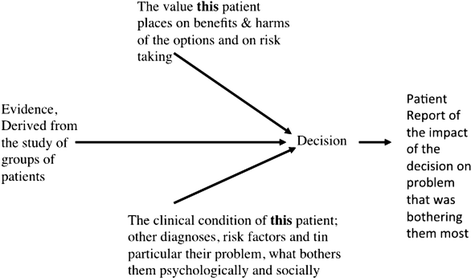
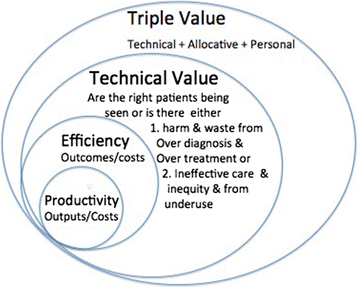
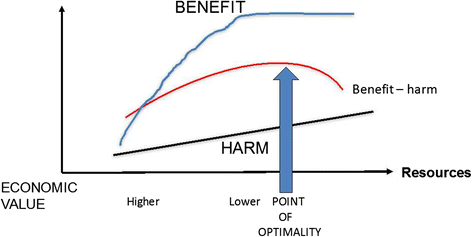
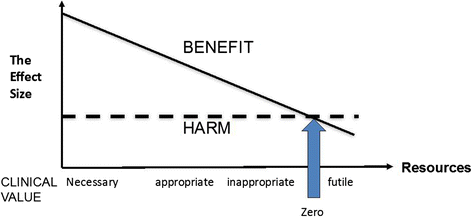
References
-
- Kohavi R. Online Controlled Experiments. KDD '15. New York, NY: ACM Press; 2015. http://www.exp-platform.com/Pages/KDD2015KeynoteExPKohavi.aspx. Accessed 24 Oct 2016
Publication types
MeSH terms
LinkOut - more resources
Full Text Sources
Other Literature Sources

